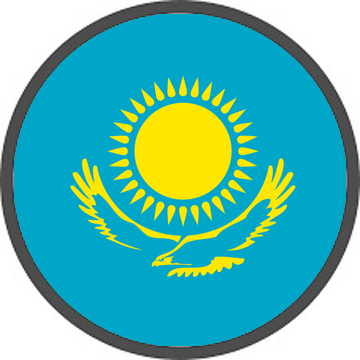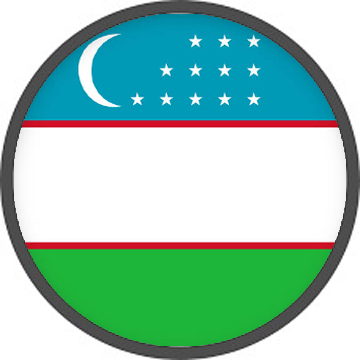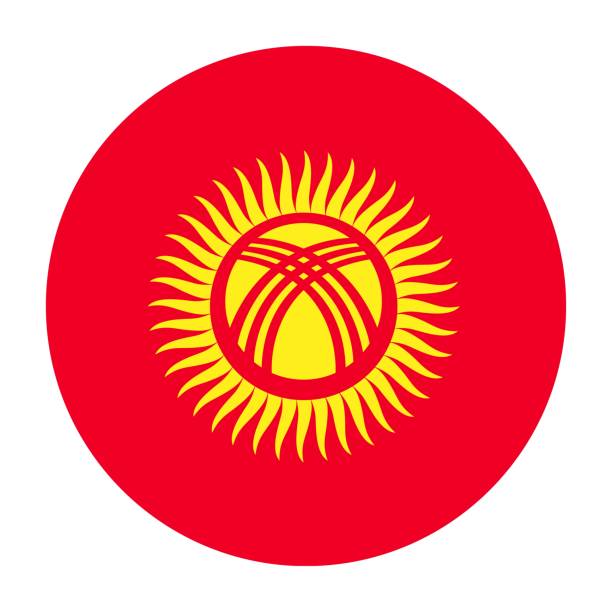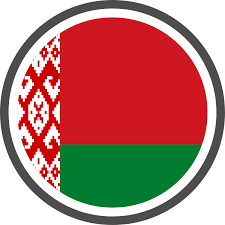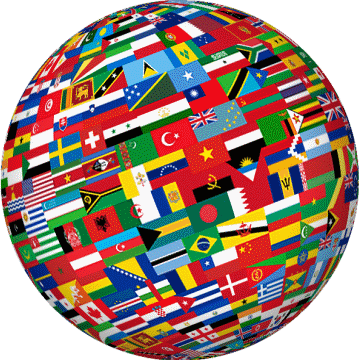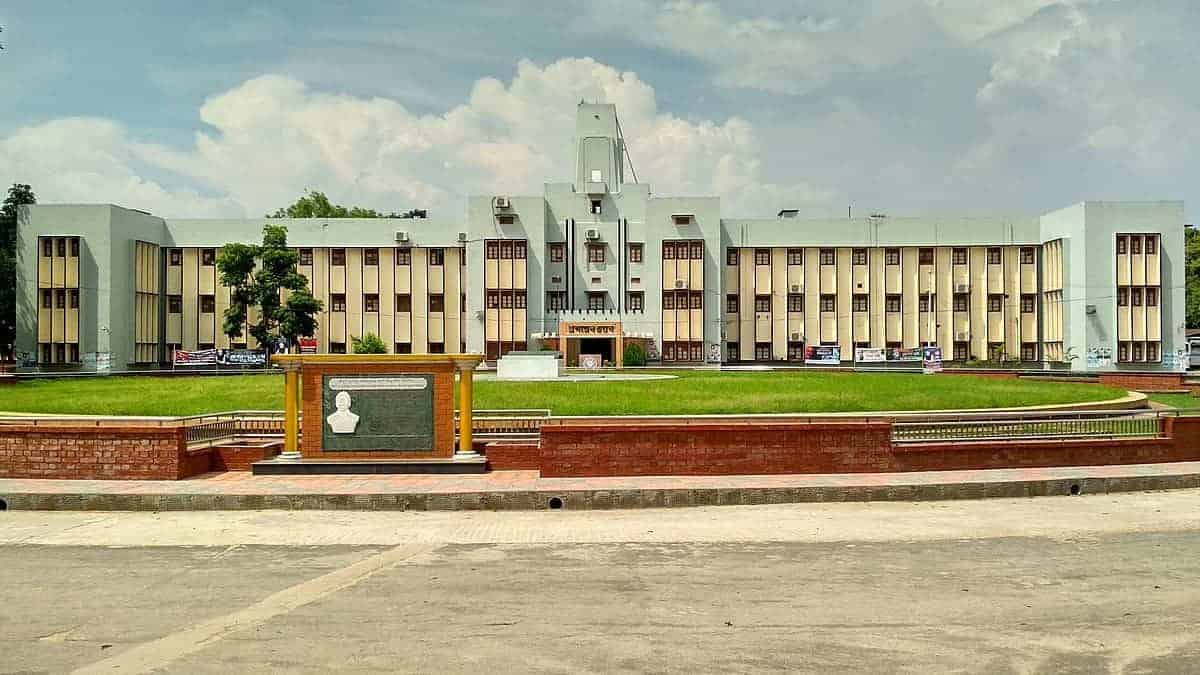
Bangladesh Government: The Directorate General of Medical Education under the Medical Education & Family Welfare division of the Ministry of Health and Family Welfare, Bangladesh, has opened the doors for foreign students seeking admission to Government Medical Colleges and Dental Colleges/Units for the academic year 2024-2025. This initiative aims to foster international cooperation in medical education while maintaining the highest standards of learning and practice.
A Total of 221 Seats for Foreign Students
This year, a total of 221 seats have been allocated to foreign students under the following categories:
- SAARC Countries: 117 seats.
- Non-SAARC Countries: 99 seats.
- Reserved under Bangladesh Government Scholarship Program: 5 seats.
The allocations reflect Bangladesh’s commitment to inclusivity and regional collaboration in higher education, particularly in the medical field.
Country-Wise Distribution for SAARC Candidates
The 117 seats under the SAARC quota are allocated as follows:
- India: 22 MBBS, 2 BDS
- Pakistan: 21 MBBS, 2 BDS
- Nepal: 19 MBBS, 3 BDS
- Sri Lanka: 13 MBBS, 2 BDS
- Bhutan: 20 MBBS, 2 BDS
- Maldives: 6 MBBS, 1 BDS
- Afghanistan: 3 MBBS, 1 BDS
Allocation for Non-SAARC Countries
For candidates from non-SAARC countries, 99 seats are available, distributed as follows:
- Myanmar: 5 MBBS, 2 BDS
- Palestine: 18 MBBS, 3 BDS
- All Other Countries: 49 MBBS, 22 BDS
Note: SAARC candidates cannot apply for the seats reserved for non-SAARC countries.
Scholarship Opportunities
Bangladesh has also reserved five seats under its government scholarship program. This provides an exceptional opportunity for deserving students to pursue quality medical education with financial assistance.
Why Study Medicine in Bangladesh?
Bangladesh’s medical colleges have earned a reputation for their high standards of education and affordable fees. With globally recognized curricula, experienced faculty, and well-equipped facilities, these institutions attract students from all over the world. Additionally, students benefit from the cultural and geographical proximity, particularly those from SAARC countries.




